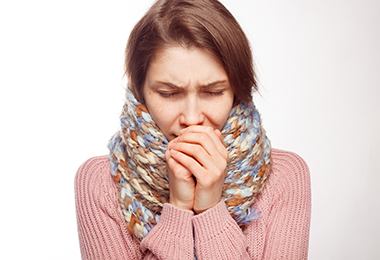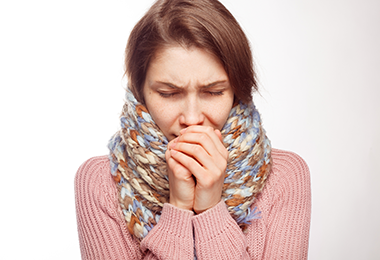Asthma and Exercise
Asthma is a long-term condition causing swelling and narrowing of the airways. The muscles around the airways tighten and extra mucus is produced. These changes make it more difficult to move air in and out of the lungs. Triggers are things that cause asthma flare-ups and worsen symptoms. Triggers may be dust, pollen, pets, infections, cold weather, smoke, air pollution, and exercise.
Exercise is a common trigger for many people with asthma. For some, exercise, and other things, cause asthma symptoms. For others, asthma symptoms only happen with exercise or physical activity. In either case, the term to describe the condition is exercise-induced bronchoconstriction or EIB. (It used to be called exercise-induced asthma.) It means that exercise causes the airways or bronchi to narrow or constrict.
Exercise is important for overall good health and for keeping the lungs and muscles involved in breathing strong. Your body needs exercise. Make sure you work with your healthcare provider to do it safely and with as few symptoms as possible.
The cause of EIB
Why exercise causes narrowing of the airways is not completely understood. When exercising, the increased breathing in and out through the mouth may cause the airways to dry and cool. This may irritate them and cause symptoms. This is especially true when exercising outside in cold weather. Breathing in air pollution, chemicals, or allergens (like pollen) may also be factors. Since we breathe more when we exercise, a larger amount of potential triggers are breathed in.
Symptoms of EIB
Exercise-induced bronchoconstriction is characterized by asthma symptoms, such as coughing, wheezing, and tightness in the chest within 5 to 20 minutes after starting to exercise. In some people, the symptoms can start after exercise, especially if the exercise is strenuous and short. Exercise-induced bronchoconstriction can also include symptoms, such as unusual fatigue and feeling short-of-breath while or after exercising.
However, don't completely avoid exercise. In fact, exercise is very beneficial to people with asthma. It can improve their airway function by strengthening their breathing muscles. Talk with your healthcare provider for more information.
Controlling EIB
You can take steps to help control EIB or symptoms of asthma when exercising. Again, make sure you develop a plan with the help of your health care provider. And, make sure you do the following:
-
Make sure you start slowly. Warm up before you start your actual exercise. And slowly cool down at the end of exercise or activity.
-
Make sure you carry your quick-relief inhaler with you. Use it 15 minutes before you start exercising or as your provider recommended.
-
Some people use daily controller medicines for EIB. If you do, make sure you take it exactly as instructed.
-
Think about exercising indoors if it is very cold or if pollution or allergen levels are high.
-
If you do exercise outside during cold weather, wear a scarf over your mouth and nose. Some people also use a special device or mask to exercise outdoors when it is very cold.
Recommended sports and activities
Any activity can cause asthma symptoms. Sports and activities with short bursts of activity, rather than long periods of activity, are usually better for people with asthma. According to the American Academy of Allergy, Asthma, and Immunology, some sports may be less likely to trigger symptoms. The warm, humid environment, the use of upper body muscles, and the body position while swimming may be good for people with asthma (exercise-induced or not). One warning, the chemicals used to treat swimming pools are a problem for some people. Other recommended activities and sports include:
-
Baseball
-
Bike riding
-
Football
-
Free downhill skiing
-
Golfing
-
Gymnastics
-
Hiking
-
Short-distance track and field
-
Surfing
-
Walking
-
Wrestling
Sports that may increase the chance of symptoms include:
-
Basketball
-
Cross-country skiing
-
Ice hockey
-
Long-distance running
-
Soccer
However, with proper management and preparation, most people with EIB can take part in any sport or physical activity.





